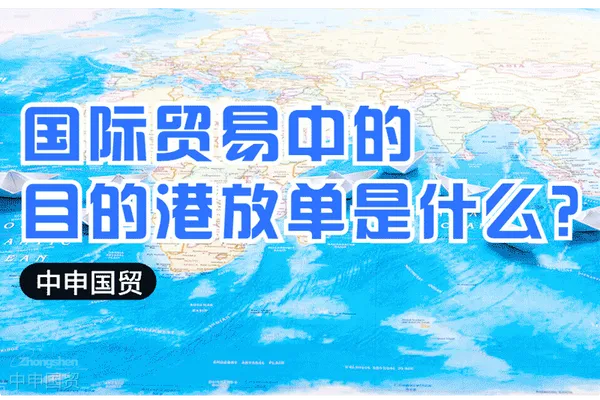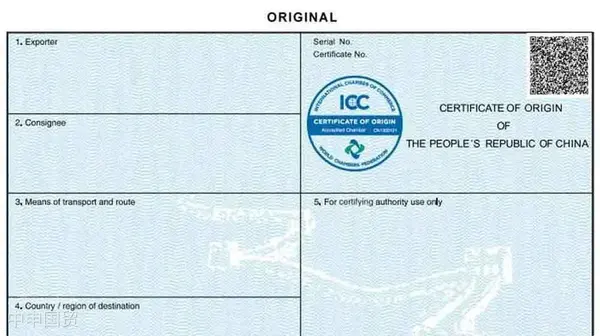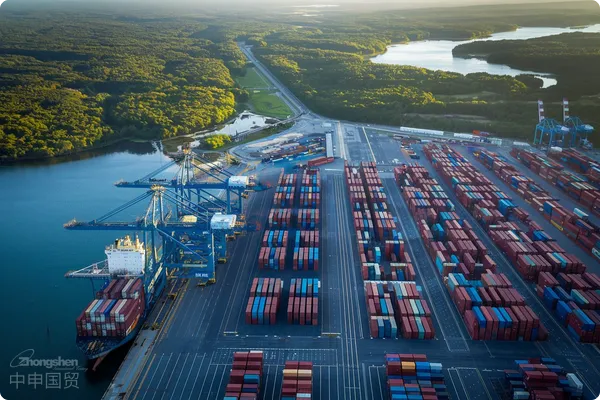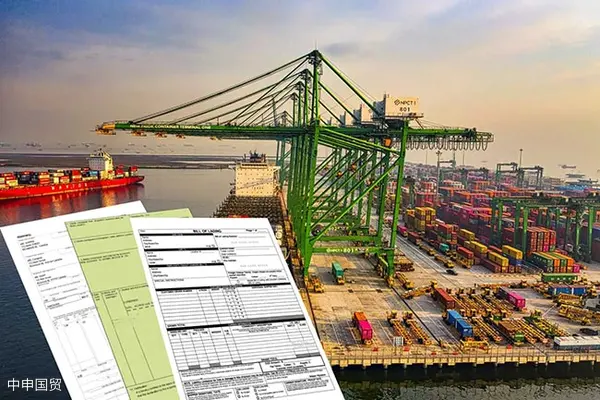- Shanghai Zhongshen International Trade Co., Ltd. - Two decades of trade agency expertise.
- Service Hotline: 139 1787 2118
Relevant Introduction
In international trade, the transportation of goods involves many documents and procedures, one of which is the Destination Release Order. However, this term may be unfamiliar to many. Below, we will explain in detail what a Destination Release Order is and its role in international trade.

First, what is a Destination Release Order? Simply put, it is the process of directly releasing goods. This process is not commonly used and is typically reserved for special circumstances. For example, if the bill of lading is lost or delayed but the goods have already arrived at the destination port, the exporter must submit a letter of indemnity to the shipping company or freight forwarder to release the goods to the importer. This is the process of a Destination Release Order.
Related to the Destination Release Order is the concept of Telex Release (TR). A Telex Release can be understood as the electronic transmission of bill of lading information to the shipping company at the destination port via electronic message or other means. The importer can then use the TR copy of the bill of lading (stamped with the TR seal) and the TR letter of indemnity to complete the cargo release process. The advantages of TR include high convenience, good security, and even the ability to mitigate the risk of losing the bill of lading. However, with TR, the exporter cannot maintain full control over the goods.
A Destination Release Order can also be passive. For example, if an unexpected situation arises during the bill of lading release process, such as the bill of lading being lost, the exporter may have no choice but to use a Destination Release Order. Another related concept is Remote Release, where the shipping company can release the goods remotely once payment has been received. Before picking up the goods at the destination port, the importer must also complete the bill of lading exchange process at the shipping company’s agent office, converting the ocean bill of lading into a delivery order.
In summary, while Destination Release Orders are not frequently used in international trade, they are an important procedure in certain special circumstances and should be understood by businesses.
Related Recommendations
? 2025. All Rights Reserved. Shanghai ICP No. 2023007705-2  PSB Record: Shanghai No.31011502009912
PSB Record: Shanghai No.31011502009912










